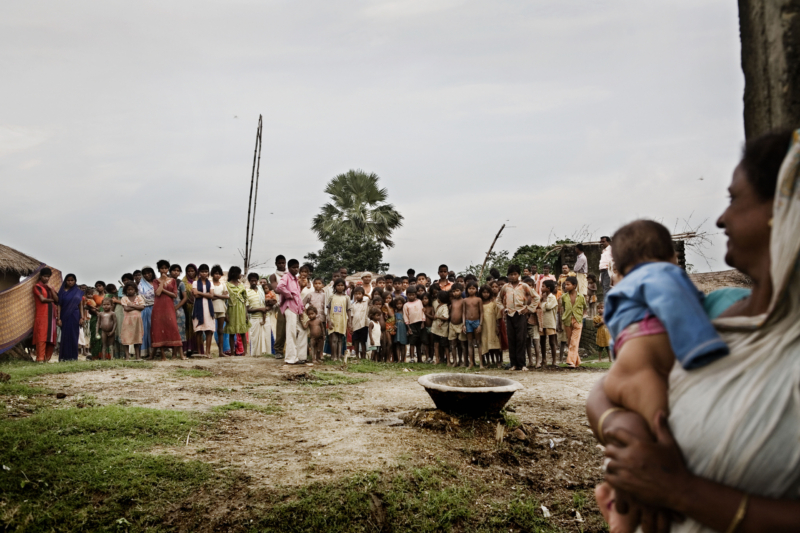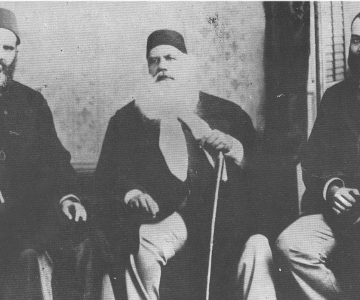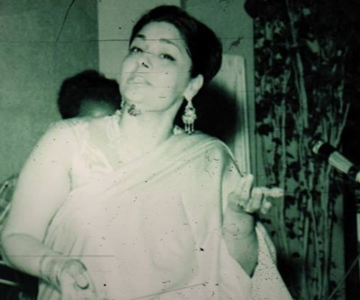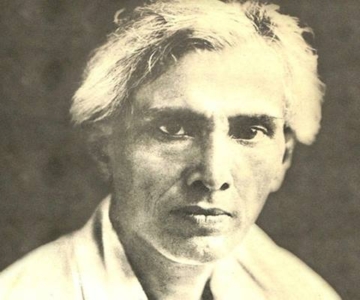By K G Sankarapillai
Dalit means broken, oppressed, untouchable, downtrodden, and exploited. They come from the poor communities which under the Indian caste system used to be known as untouchables. They constitute nearly 16% of the Indian population.
The caste system, with a history of more than 3000 years in India, is a shameful system of social segregation, which works on the principle of purity and impurity. Purity is rich and white or whitish, impurity is poor and dark. Hidden powers of wealth can be easily traced in every feudal Brahmanical concept of the ideal. Material milieu of purity and beauty and prominence and command and comforts is also wealth. Economic division is reflected in the social classifications. But it should not be registered that caste is racial or economic. Dr. Ambedkar says that the caste system came into being long after the different races of India had commingled in blood and culture. To hold that distinctions of caste are really distinctions of race and to treat different castes as though they were so many different races is a gross perversion of the historical facts. Ambedkar asks: What affinity is there between the Untouchable of Bengal and the Untouchable of Madras? The Brahman of Punjab is racially the same stock as the Chamar of the Punjab and the Brahman of Madras is the same race as the Pariah of Madras. The caste system does not demarcate racial division. (Annihilation of caste ‚¬ in writings and speeches vol.1 .p.49 Dr .B.R. Ambedkar)
Historically the caste system is a socio-cultural menace of Hinduism. But it is followed by Muslims, Sikhs and Christians in the country. The traditional Hindu society is divided into four main hierarchical caste groups: Brahmins, Kshatriyas, Vaishyas and Shudras. Beyond this fourfold caste structure, there is a category of ati-shudras or Dalits (as they are now called), which is forced to occupy the lowest position in this abhorrent social order. A devilish and disgraceful residue of the very long history feudalism in India.
The practice of untouchability was formally outlawed by the Constitution of India (by the mastermind Dr. B.R. Ambedkar) in 1950. But in practice, the Dalits are still subjected to extreme forms of social and economic exclusion and discrimination; physical and mental torture. Their attempts to assert their rights are often met with strong resistance from the higher castes, resulting in inhuman torture, rapes, massacres, and other atrocities.
Dalit reality in India today is not a mark of national pride
As per official statistics, an estimated one million Dalits are manual scavengers who clean public latrines and dispose of dead animals
80% of Dalits live in rural areas and 86% of Dalits are landless.
60% of Dalits are dependent on casual labour.
Only 37% of Dalits are literate.
3 Dalit women are raped every day.
At least one crime is committed against a Dalit every day.
As per 2001 census Present Dalit population is 16% of total population of India i.e. around 160 million. Independent India has witnessed considerable amount of violence and hate crimes motivated by caste, even though the law of the country doesn’t permit it.
The word Dalit in Marathi literally means broken. First used by Jyotiba Phule, the term was later popularized by Dalit leader Dr. B.R. Ambedkar to reflect the situation of the millions of Dalits within south Asia, who are systematically and institutionally deprived of their civil, political, economic, social and cultural rights in every aspect of life. But the Dalits are now redefining the word and with it their identity – Dalits are those who practice equality, believe in equality and fight for equality!
(Source of facts Dalit Foundation)
The Dalit movement is an anti-caste movement fighting for the construction of a modern secular and democratic Indian identity.
The term Dalit literature can be traced to the first Dalit literary Conference in 1958 in Maharashtra State in India.
There are numerous theories about the origin of Dalit Literature. Buddha (6th c. B.C.), Chokhamela (14th AD), Mahatma Phule (1828-90), and Prof.S.M.Mate (1886-1957), are hailed as its originators by various activists/ideological groups. These great men were deeply concerned about the plight of the untouchables. They fought against all the unjust divisions in society. A huge mass of literature is created in the light of their teachings and visions.
But it was Dr. Ambedkar, a great modern visionary , renaissance leader ,the architect of the constitution of India and an ardent critic of the caste system, who demolished the myth of divine origin of caste hierarchy. He inspired and initiated the creative minds of India to enforce the socio-cultural upsurge for the total emancipation of the Dalits.
Dalitism is the ideological habitat where various socio-cultural sensibilities and politico-economic groups co-exist. Opposition to the Hindu intellectual traditions in general and the oppressive caste hierarchy in particular is the central concern of the movement.
The Dalit Literary movement started in Maharashtra, the home state of Dr. Ambedkar. A collective endeavour of the Neo-Buddhist elites to create a new culture of social equality. It is based on wider socio-cultural, political ideas to transcend the narrow space of the old concepts of culture and social hierarchy to new and open space. Uttam Bhoite and Anuradha Bhoite have described it as a protest movement organised against the traditional Hindu social theories of life and liberation. A sense of collective identity and solidarity are seminal for a protest movement. Dalit literature was evolving in a dialogic structure towards this direction as a communication system for various segments of the movement, the Dalit writers and Dalit intellectuals. Dalit writing is addressing the oppressed, the untouchables, the victims, and the oppressors. “It is not our wish that what we write should be read only by the untouchables. Our writers strongly desire that it should be read by the touchable as well”. (Raosaheb Kasbe in his essay some issues on Dalit literature).
Dalit Poetry became popular mainly through poetry readings and alternative media like the little magazines and posters and hoardings and creative collectives.
Birds of the same feather from other states of India were inspired by its liberative spirit, straight and strong style, and poignant poetic images. Great poets like Narayan Survey, Namdeo Dhasal, Daya Pawar, Arun Kamble , Josef Macqwan , Saran Kumar Limbale , Arun Dangle , and many other poets wrote stunningly new Indian poetry in the sixties and seventies. They portrayed the life and struggles of the lowest strata, the low caste. The prominence of the Dalit poetry in modern Indian poetry is undoubtedly great. It could consolidate numerous socio cultural and ecological movements in post colonial India. Still it is great and powerful even though some of its leaders were hijacked to the power games by the ruling class political parties in India.
K.G. Sankarapillai, is a contemporary Indian poet writing in Malayalam. He has won the National Award for Poetry in India on two occasions. More about this author may be found at
https://poetryinternationalweb.org/pi/site/home



